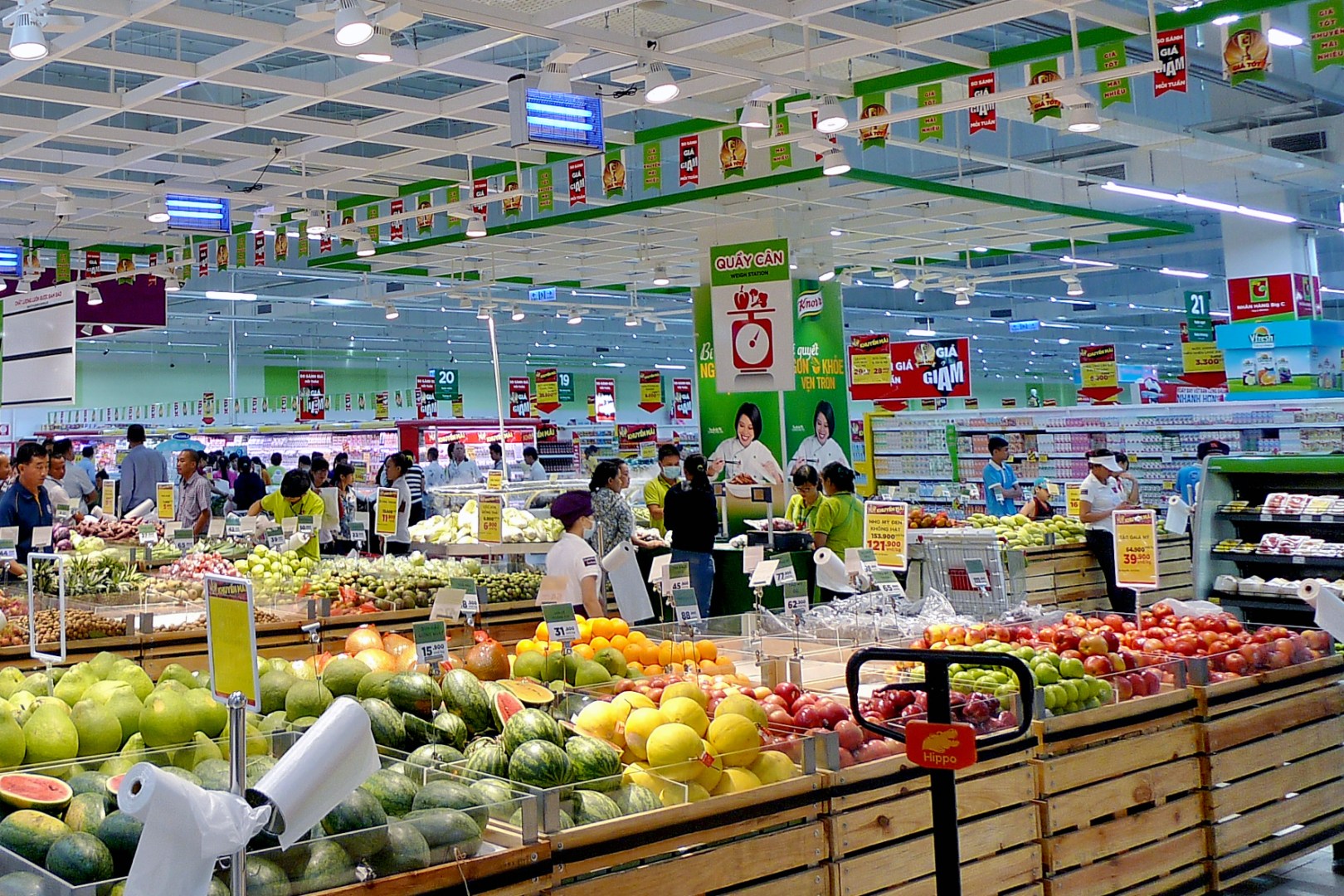
The slow recovery of the world economy, high inflation in many countries, and a decline in purchasing power have had a strong impact on Vietnam’s production and export activities.
According to the General Statistics Office, in the first six months of 2023, Vietnam’s export turnover reached 164.45 billion USD, down 12.1% from the same period last year.
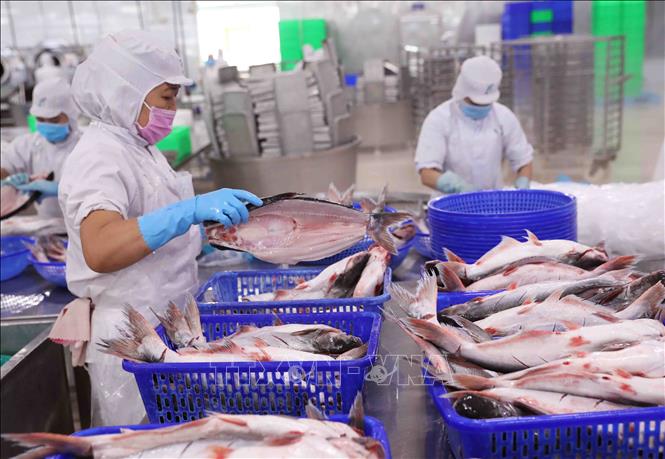
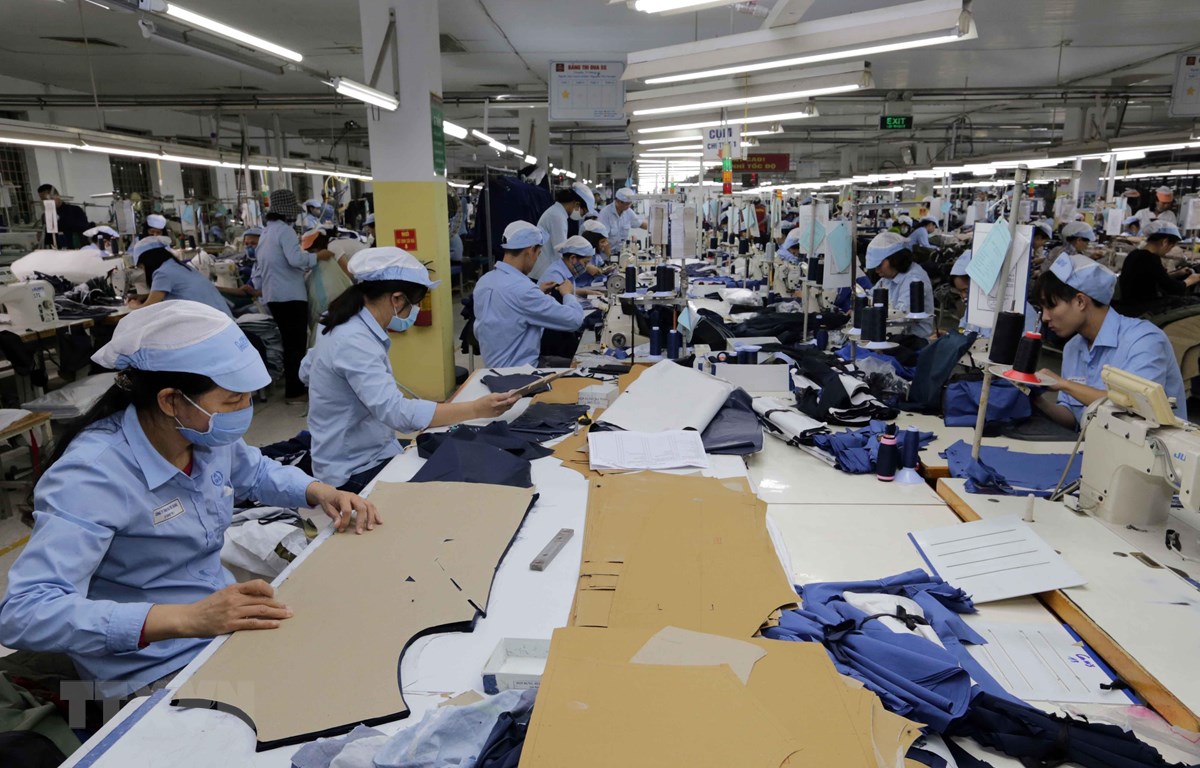


Many forecasts go that import and export activities in the second half will still face complicated and unpredictable developments, with a lot of uncertainties.
In July, the total import and export revenue was estimated at 57.21 billion USD, up 2.5% month-on-month but down 6.7% year-on-year. In the first seven months, the turnover reached 374.23 billion USD, down 13.9% from the same period last year, of which exports decreased by 10.6%, and imports by 17.1%.

In order to protect factories from falling into hibernation due to the lack of orders, Prime Minister Pham Minh Chinh signed Official Dispatch No. 470/CD-TTg dated May 26, 2023, requiring ministries, sectors and localities to continue to drastically and effectively implement tasks and solutions to remove difficulties for production and business of people and enterprises.
Untangling the knot
The Ministry of Industry and Trade has actively carried out flexible measures to help businesses overcome difficulties, expand markets, and boost export, with goals of achieving an export growth rate of 6%, maintaining the trade surplus, and fulfilling 2023’s targets set out by the Government at the highest level.
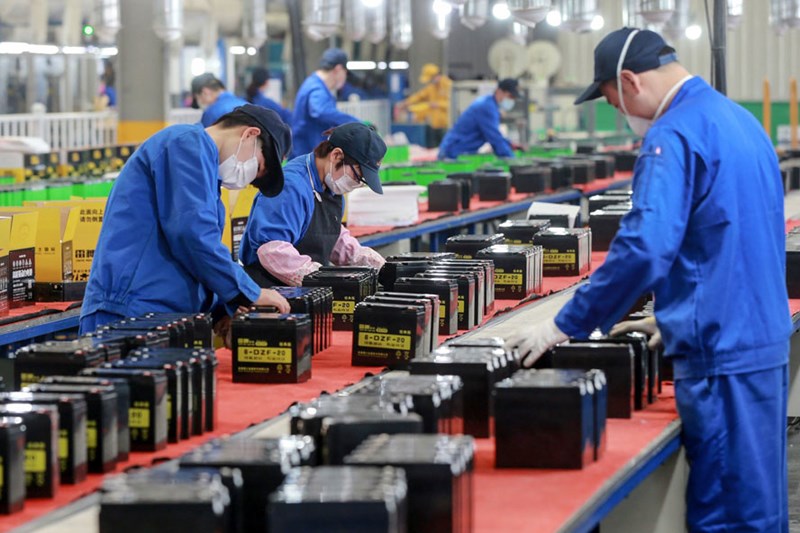
Experts said that in the second quarter of 2023, the Government took steps to promote exports, and worked with countries that have signed free trade agreements (FTAs) with Vietnam to help in removing technical barriers and facilitating the flow of goods.
However, the lack of orders still requires businesses and policymakers to continue re-evaluating the needs of the importing market for Vietnamese goods, diversify markets, and take advantage of FTAs.

Exports can be improved in the coming time if businesses focus on green production and develop green brands, thereby attracting more orders, according to experts.

To overcome difficulties, Minister of Industry and Trade Nguyen Hong Dien affirmed that his ministry will keep a close watch on the situation, improve forecasting capacity, have timely and effective policy response to advise, propose countermeasures and provide suitable and feasible solutions.
The ministry will focus on solving problems related to capital, mechanisms, policies and administrative procedures to support enterprises to recover, develop production and business, maintain a good supply chain, and boost exports.
In addition, it will speed up negotiations towards the signing of new bilateral and multilateral cooperation mechanisms with potential countries and regions and promote the role of Vietnamese trade offices abroad in providing information about the market and new regulations and policies of the host country.

Attention will be paid to stepping up digital transformation in trade promotion activities, supply and demand connectivity, and cross-border e-commerce, added Dien.
Redirecting markets
According to statistics, the export revenue of agro-forestry-fisheries products neared 24.6 billion USD in the first half of 2023, down 11% year-on-year. However, despite numerous headwinds, agricultural enterprises have exerted efforts and actively sought markets to improve their export results. Besides the three major markets of China, the US and Japan, they have also actively shifted to others in the Middle East and Asia.
Other industries have to find ways to shift to local product lines to maintain production, ensure factory operations, and keep workers. For example, the wood industry is currently exerting efforts to enter the European market by offering local niche products.
The export of furniture to the European market is expected to grow by 4.27% per year in the 2023-2026 period and reach 7.05 billion USD by 2026, with the decorative segment considered a niche market. With more indigenous and unique interior decoration products, Vietnamese small- and medium-sized businesses will have more niches in the market, thus better serving a certain number of consumers.
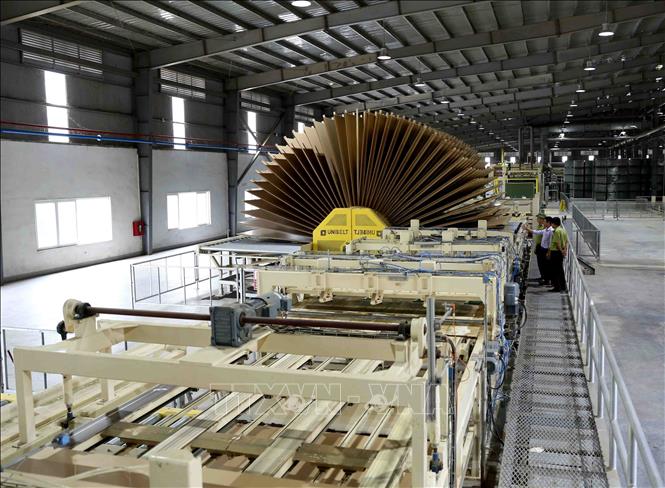
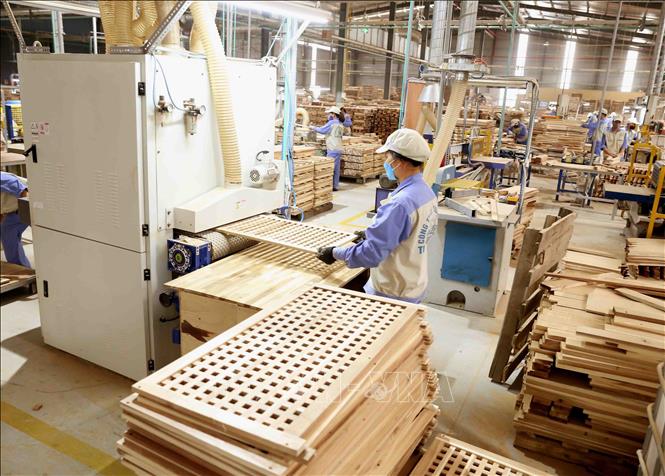
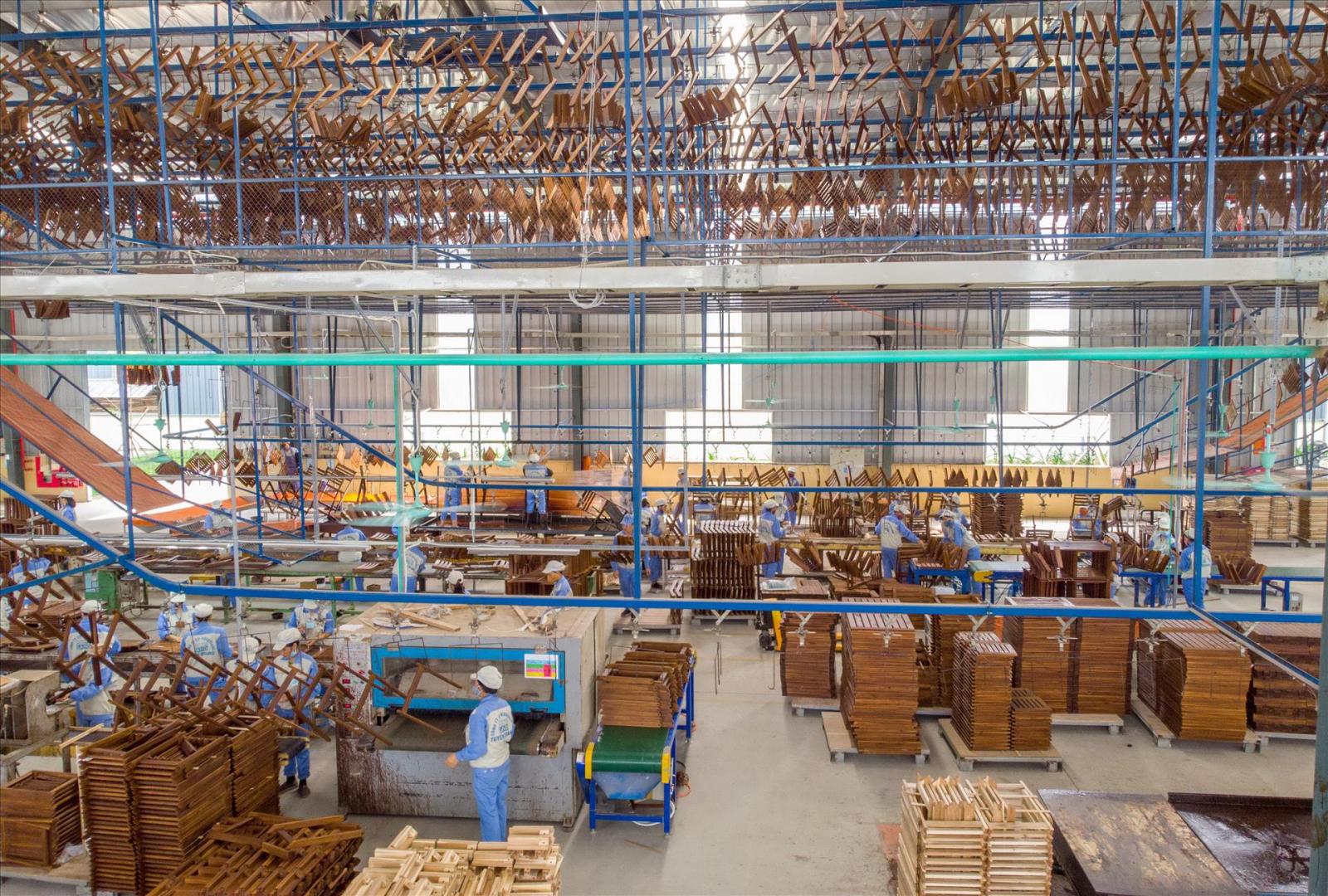
Another niche product that has many prospects in the wood industry is pellet. This product helps make use of wood waste and boost exports in the context of the lack of orders.
Pham Hong Tung, Director of Phu Phung Agricultural Cooperative in the Mekong Delta of Ben Tre, emphasised that fruit processing and exporting enterprises have also targeted small markets. Currently, many businesses of Ben Tre and Vinh Long are directing their products to small markets such as the Middle East and the Near East which have received little attention, but whose purchasing power and willingness to consume are not small.
Notably, according to Deputy Minister of Industry and Trade Do Thang Hai, the ministry will promote the sale of goods in the domestic market through trade promotion, and the “Vietnamese people prioritise made-in-Vietnam products” programme./.
